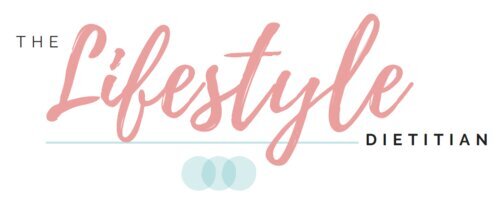If you've gone gluten free, are you getting enough fibre?
Whether you're coeliac or have decided to go gluten-free, getting enough fibre is challenging. Many gluten-containing foods are rich in fibre. Think Weet Bix, whole grain bread, wraps, grainy crackers, muesli bars and pasta. And, many products labeled gluten-free do not contain enough fibre (if any at all) to be a good replacement.
Why is fibre even important?
Humble fibre keeps you fuller for longer, helps with regular bowel movements and supports good gut health. Scientific evidence even shows it is linked with a lower risk of death. Fibre is also anti-inflammatory. This is especially important for coeliacs as reducing inflammation supports healing the small intestine.
Even more, research is starting to show that a gluten-free diet reduces the diversity of bacteria in your gut (particularly the good bacteria beneficial for health!) as a result of reduced fibre intake.
To reap these benefits and support a healthy gut, we need at least 25 to 30 grams daily. So, here are three tips to meet your daily fibre goal while on a gluten-free diet.
Include legumes
Legumes are nutritional powerhouses, packed with all three types of fibre to nourish your gut health. They are also a slow-releasing carbohydrate and an excellent source of plant-based protein. To boost your legume intake, try out our Cookie Dough Protein Balls or make a Four Bean Salad for a quick, mid-week meal.
Add nuts and seeds to your daily routine
A handful of nuts and seeds is an easy fibre top-up for your day. Yes, you could have these as a quick snack. But, if you want something more creative, try our Prebiotic Muesli Bars, Berry Vanilla Chia Pots or Bake-at-Home Seedy Crackers.
Enjoy more fruit and vegetables
Full of fibre, fruit and vegetables are best whole or blended, not juiced. The fibre is found both in the flesh and skin of fruit and vegetables. So, keeping the skin on where possible will boost your fibre (and save time in the kitchen, win-win). Plus don’t forget, frozen is just as good as fresh. We suggest using our 5 Fuss-Free Ways With Frozen Fruit and Vegetables guide to pack more fibre into your diet whilst keeping things budget-friendly.
Unsure if you have enough fibre in your diet? Or, feel that you need more personalised advice on how to best meet your nutritional needs on a gluten free diet? Book an appointment with one of our Dietitians today.













